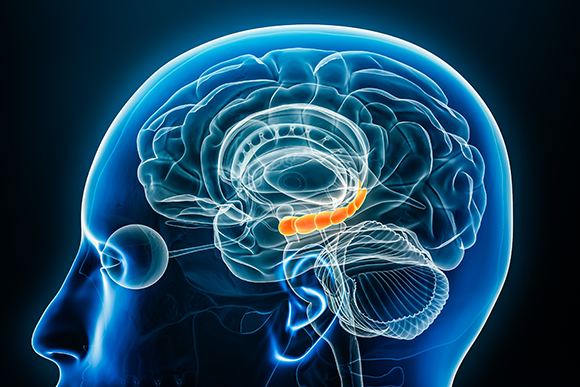Scientists in Japan Can Now Erase Your Memories—But It’s Not Sci-Fi (Yet)
The ability to erase specific memories sounds like the stuff of Men in Black or psychological thrillers—but recent research from Japan shows there’s a serious scientific basis behind it. Through cutting-edge neuroscience techniques, researchers are exploring how memories are formed, consolidated—and even selectively eliminated.
Here’s what’s actually happening:
Using Light to “Erase” Memories in Mice
Researchers at Kyoto University, led by Akihiro Goto and Yasunori Hayashi, have developed a technique that uses optogenetics (light-based genetic manipulation) to disrupt long-term potentiation (LTP)—a key mechanism in forming lasting memories—within very precise parts of a mouse’s brain. By injecting a virus that produces a light-sensitive fusion protein, they can deactivate just the right protein (cofilin) at the right time with light exposure. This process effectively prevents memory consolidation at that moment, leading the mice to forget specific learned tasks.
(HOKTOTO, Kyoto University)
This experiment demonstrates that if memory formation is interrupted during critical windows, likely both temporally and spatially, those memories can be selectively erased. A real-life parallel to the fictional memory neutralizer, though far more nuanced and limited.
(Kyoto University, Журнал «Fostylen» (Фостайлен))
Manipulating Astrocytes to Block Long-Term Memory
At Tohoku University, scientists have studied how astrocytes—star-shaped supporting cells—can influence whether experiences become long-term memories. Using optogenetics again, they selectively acidified astrocytes in mice shortly after they experienced a mild electric shock. The result? The mice could initially recall the fear, but the memory didn’t persist the next day. In short: these brain-support cells can determine which memories stick and which fade.
(Tohoku University)
Why This Research Matters
These studies aren’t about mind control or erasing someone’s life—rather, they offer a window into memory formation. Understanding and selectively manipulating memory could have huge implications:
- PTSD treatment: Preventing the consolidation of traumatic memory could stop it from becoming long-lasting.
- Mental health interventions: Conditions like phobias or anxiety could be treated by selectively reducing harmful memories.
- Memory disorders: Insights into memory formation may lead to therapies for Alzheimer’s, amnesia, or other cognitive conditions.
But scientists caution: these are early-stage experiments in mice, often invasive and immediate. Human applications remain speculative for now.
How It Differs from Pop Culture Myths
- This research uses laser-light manipulation in precisely targeted brain regions—not flashy devices or mind-wiping solvents.
- It works during memory consolidation windows, not retroactive editing of decades-old memories.
- It’s scientifically grounded, unlike fictional memory wipes driven by convenience or drama.
Overview Table
| Technique | How It Works | Potential Use |
|---|---|---|
| Optogenetics + Light Control | Deactivates memory-forming proteins like cofilin at specific times/locations | Treatment of unwanted memories |
| Astrocyte Manipulation via Optogenetics | Alters memory retention by influencing astrocyte function post-trauma | PTSD or trauma intervention |
Final Thoughts
While not yet erasing your memories like in the movies, Japanese scientists have taken remarkable steps toward understanding memory control. From interrupting memory consolidation with light to tweaking brain support cells like astrocytes, the frontier of memory manipulation is expanding fast.
One day, these discoveries may lead to therapies that help alleviate the burden of traumatic memories. But for now, they stand as fascinating—and cautiously hopeful—scientific breakthroughs.







Be First to Comment